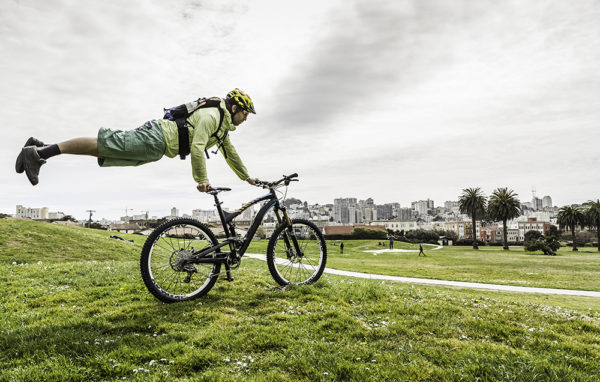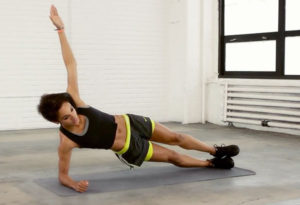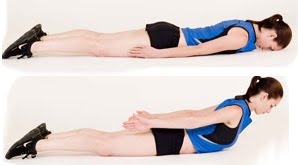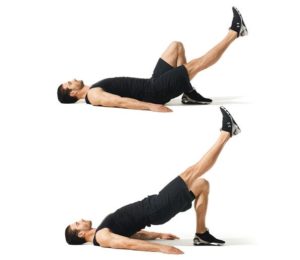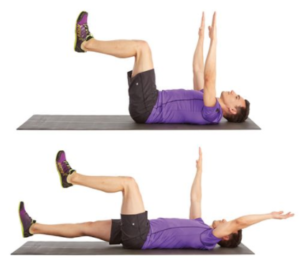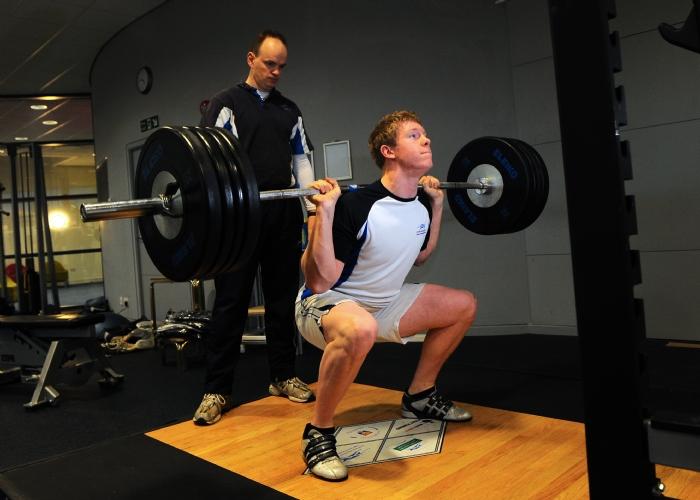You may think strength training is meant for bodybuilders and gym buffs, but it is now almost universally accepted as a vital training component for all athletes. Not only that, but as we age, resistance training becomes increasingly important for overall health and quality of life. So why do so many cyclists avoid it? It may be the thought of spending time at the gym when you could be out on your bike. Here’s why strength training for cyclists is important.
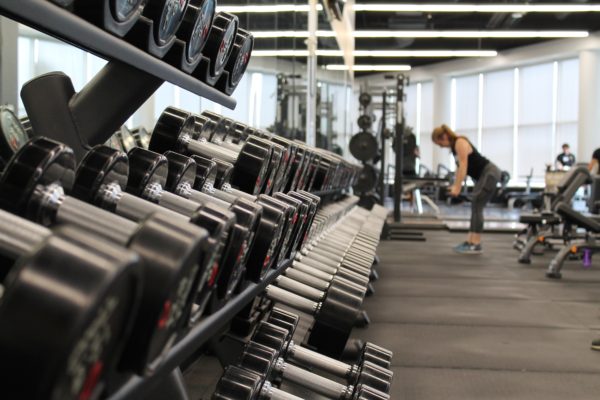
Why Strength Training is Important for Cyclists
We all know that leading an active life is the best thing you can do for your long-term health. As cyclists, we may be more active than most, but it is a mistake to just focus on cardiovascular exercise and exclude everything else. Cycling is a low impact activity, which means it’s great for your joints, but not so great for supporting your bone density and postural deficits. Strength training can help fill the gaps left by pure cardio exercise and build stronger bones, improve coordination, prevent injury, and give you more power on the bike.
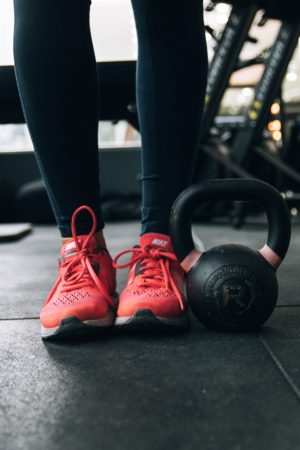 Retain Muscle Mass & Correct Imbalances
Retain Muscle Mass & Correct Imbalances
Depending on where you live, you may have to take a few months off cycling during the dead of winter. Whether you take your training indoors or not, this is a great time to incorporate a strength training circuit into your routine. You don’t have to lose the muscle mass you’ve working so hard for over the cycling season, and you can work opposing muscle groups to bring muscle balance. Cycling is a repetitive motion, often overdeveloping the quads and glutes while the hamstrings and hip flexors lag behind. A good strength training program will take this into account and work on creating muscle balance.
Enhance Balance & Coordination
There is no doubt that cycling itself requires coordination and balance, but through the years it can become so second nature that it no longer challenges our intramuscular systems. Strength training with things like free weights, bosu balls, and resistance bands can help improve your balance and coordination. Again, this is particularly important as we age as it keeps the connections within the nervous system strong.
Improve Bone Density
As mentioned previously, this one is especially important for cyclists. Past studies have shown that the bone density of some competitive riders is lower than their sedentary controls. Unlike running or walking, cycling is a non-weight bearing activity, which is why it is so great for people with orthopedic injuries. However, this means you have to be doing something else, like strength training, to maintain healthy bone density and combat things like osteoporosis.
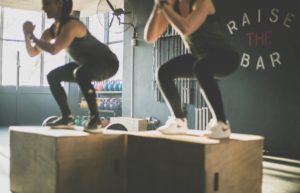 More Power on the Bike
More Power on the Bike
Who doesn’t want more power on the bike? This is a bit of a no brainer, as the stronger your muscles are, the more power you’ll be able to exert within the cycling motion. It can be a difficult thing to develop on your bike, so using strength training is actually one of the best ways to become a stronger climber and overall rider.
Injury Prevention
Some of the most common injuries for cyclists include ITB syndrome, neck pain, low back pain, and knee pain. Some of these may be unavoidable, but most are caused by muscle imbalances. A combination of strength training and routine stretching can strengthen your muscles and connective tissues to help prevent these injuries.
Although strength training my not make your faster in a direct sense, there are plenty of reasons to get into a strength training plan, whether it be in a gym or your living room. Check out “4 Of The Best Strength Training Exercises for Cyclists” for some exercises to get you started.
